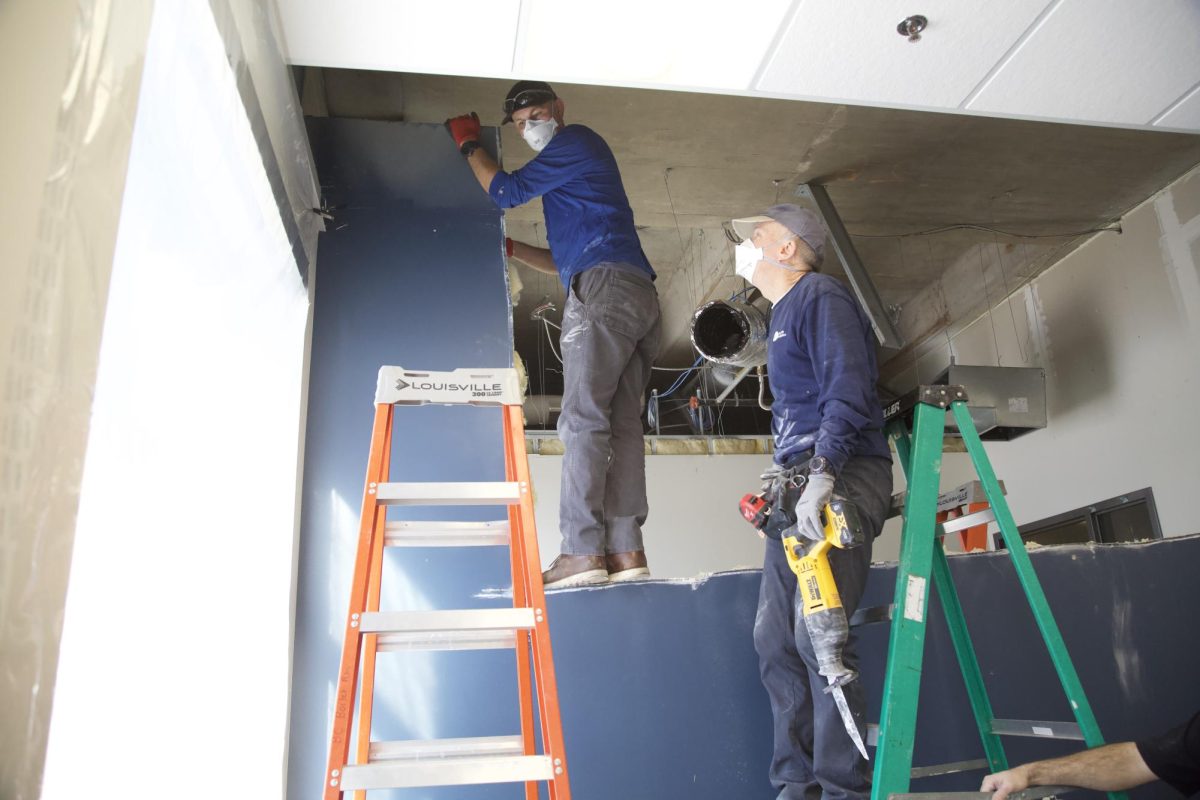I love cryptozoology, and I’m afraid you might not know what that means.
While big media channels broadcast presidential candidates discussing the economy and America and stuff, the great cryptozoology debates of our time have gone mostly unrecognized.
Cryptozoologists (aka experts in the study of animals that science does not recognize) (aka people who post regularly on weird cryptozoology forums from gaming chairs in their parents’ basement) (aka my post-grad plans) are carrying the legacy and spearheading the search for creatures such as Bigfoot, the Loch Ness monster and Ronald Reagan.
As a person who has struggled in nearly every biology, chemistry and natural science class I’ve ever taken, I’d like to share what makes this pseudoscience so wonderful:
A space for theorizing
In school I learned about the scientific method. In cryptozoology, there’s no such method. Only madness.
Nowhere else in academia are people asking hard-hitting questions such as “Are dragons classified as cryptids or mythical creatures?” and “Is this a grainy, pixelated photo of the Loch Ness monster or a piece of driftwood?”
RIP Plato. He would’ve loved to ponder these.
Unlike other professionals who might carefully craft a theory based on experiment, observation and facts, cryptozoologists take a simpler, less pretentious route. They see an oblong indent in some mud, take a picture and post it online with the caption “Proof of bigfoot! Tracks found in the woods behind my house!”
I see no need for an HD 4K image of the man-ape thing. The mud divot closes the case for me. And if it doesn’t convince you, maybe you need to get more in touch with your childlike wonder.
A space for debate
These forums are a setting for lively discussion. People from both sides of the cryptozoology philosophical aisle bring their most educated takes.
Some cryptozoologists argue that animals deemed extinct by science still roam the earth. They might cite an alleged wooly mammoth sighting in America in 1567, as well as cave paintings that depict mammoth-like figures.
Other cryptozoologists argue for the acceptance of unicorns into the cryptid community. To be fair, the platypus was once thought to be mythical, so who are we to say that a horse with a genetically-mutated horn sticking out of its head doesn’t exist?
The real trouble comes when intellectual rivals meet. Mothman believers leave comments on “evidence” of the chupacabra, saying it just looks like an ugly coyote. Chupacabra believers hit back, commenting that supposed Mothman “evidence” just looks like a really big owl captured on a crappy camera.
But at the end of the day, all of these forum-lurkers settle their disagreements over some new evidence. Like a particularly convincing photo of a 4-foot-tall Loveland Frog on a suburban lawn.
Bipartisanship is a beautiful, beautiful thing to witness.
A space for imagination
Close your eyes and imagine the Loch Ness monster.
Pretty awesome, right? That’s how I pass time in most of my classes. You’re welcome.
A space for the great outdoors
My brother’s friend Moose claims he once saw the famed Michigan Gnome while he hiked through the woods. He didn’t disclose exact coordinates or even a vague locale, but the little creature was supposedly digging around near a tree stump before spotting Moose and dashing away on tiny legs.
I still wonder whether or not the gnome was wearing a pointy hat like the garden ones do. But that’s not the big takeaway.
What I’m getting at here: I’m not sure Moose would’ve gotten fresh air and connected with nature had there been no cryptid-based incentive.
If not for your own health, get outside for a chance to see a Michigan Gnome. The odds of its presence are never zero.
–
There are four solid reasons to invest time into an unscientific endeavor with relatively fruitless outcomes. You should join.




















